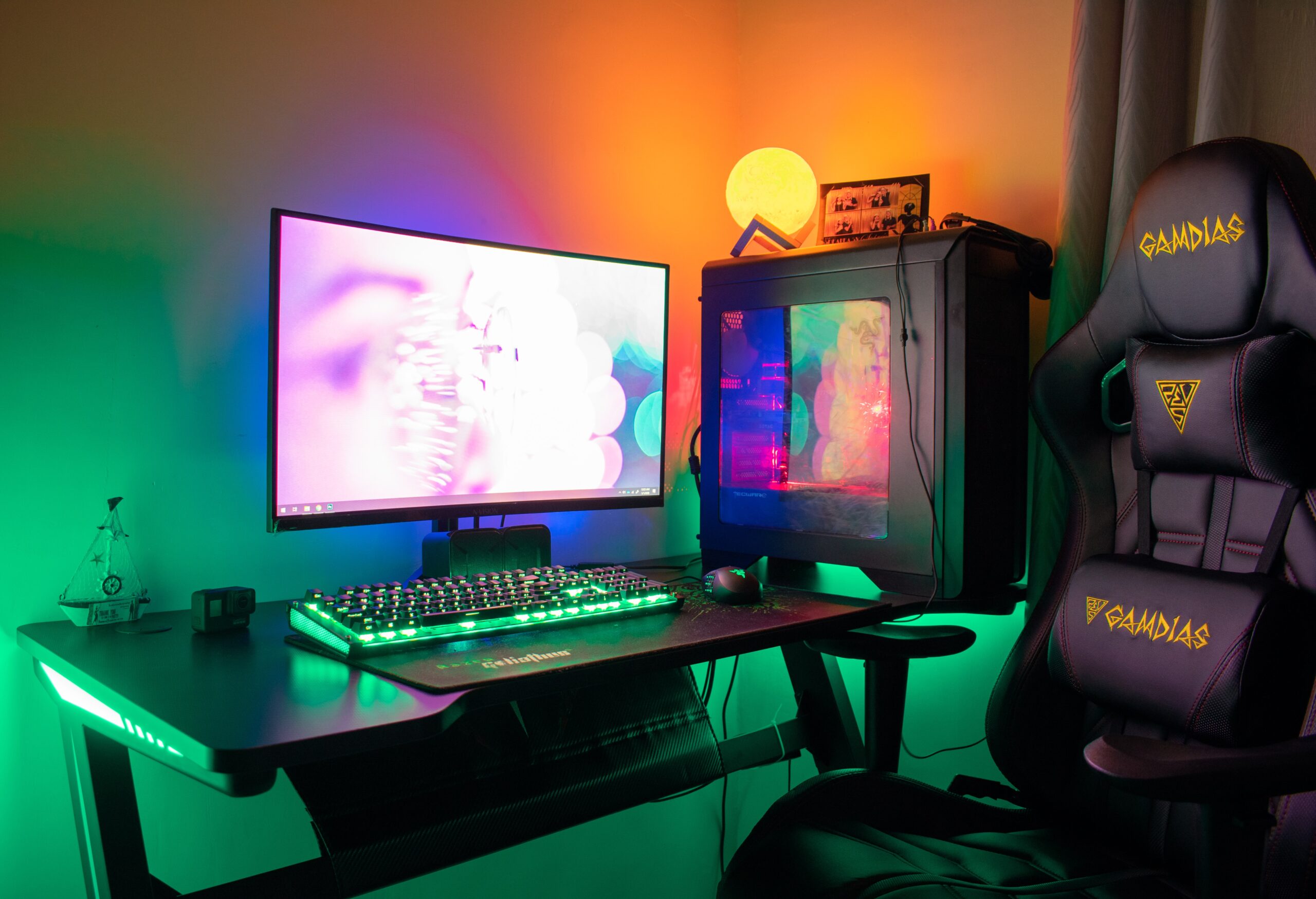
A higher frame rate delivers smoother and lifelike in-game movements on your gaming PC. This is because it can update the screen more frequently, allowing gamers to react faster in the game.
Also, consider the monitor’s refresh rate when it comes to frame rate. If the monitor you’re using has a refresh rate of 60Hz, you won’t be able to enjoy frame rates over 60FPS. This is because your monitor won’t be able to update fast enough to keep up with the update of your GPU.
This is why it is also important to check the refresh rate of the monitor you are using. A monitor which features a 144Hz refresh rate will allow you to enjoy the benefits of higher frame rates.
Quick Tips to Increase the Frame Rate
If you are experiencing low FPS in the game, then there are a few easy tips you can do to boost it:
- Close any background processes or programs.
You may not know it, but there are probably apps/programs running in the background, taking too much of your PC resources. This can affect your PC’s FPS and the performance of your video games.
Close any background programs by using Task Manager. Open Task Manager, then click the CPU and Memory tabs to see which programs use large chunks of your CPU and RAM resources. Close programs that you aren’t using or necessary to the games you’re playing.
- Update your game.
Game developers often release updates or patches of the game, including significant performance impacts or bug fixes. This is why it is important to update your video games. You can enable automatic updates in Steam or Epic Games, or any game launcher to ensure that you don’t miss one.
- Update the GPU driver.
Updating your GPU driver can optimize its performance and include new features to boost your current FPS. So it is crucial to keep your graphics card driver updated.
You can manually update the driver by checking your GPU’s manufacturer website for updates. You can also install a program from the manufacturer that will help you optimize and update your GPU, like NVIDIA GeForce Experience. There are also third-party programs that will enable you to check updates and install them for your GPU and other hardware components.
- Search and use player tweaks or mods.
There are players online that develop mods or modifications for your games that can help improve their performance. For example, there are mods that you can install to force a game to run at 60 FPS or disable any features that can’t be found in the settings menu. These mods will undoubtedly help boost the frame rate of your gaming PC.
- Repair your install.
If you are experiencing any unusual performance issues while playing the game, you might want to repair your installation.
For games you directly install on your gaming PC, find the “Repair” or “Verify Integrity” option in the setting. While for games installed in gaming libraries like Steam or Epic Game Store, you can repair their installation by accessing the game’s properties.
Game Settings Tweaks to Boost Frame Rate
Most games usually come with a default setting when installed on your gaming PC. However, there are game settings you can tweak to give your frame rate an instant boost. You can choose to turn off or adjust the following settings:
- Anti-aliasing
The Anti-aliasing setting can smooth out jagged edges in your in-game geometry. It works by filling in gaps in pixels to create smoother graphics. Reducing the anti-aliasing will improve performance and raise your current FPS.
- Ambient occlusion
Ambient occlusion is the setting responsible for enhancing contact points between the game’s lights, shadows, and adjacent textures. If you need fine details in your game and care more for FPS, you can simply turn off this setting.
- Dynamic reflections
Dynamic reflections help render the same scene twice by showing it on reflective surfaces present in the game. However, in fast-paced games like PUBG, COD, or Fortnite, you might not be able to appreciate this setting. Lowering this setting or turning it off will give you extra frames, though to quickly react in the game.
- Motion blur
Turning on this setting can simulate the blurring of background objects when the player turns around. It has a slight performance impact on your game, and it is a setting you can definitely turn off.
- Render scaling
Render scaling helps the screen look sharper by rendering the graphics at a higher resolution. Lowering this setting may reduce the clarity of your game’s graphics, but it will definitely improve its speed and performance.
- Shadows
Your game shadow settings can cover the diverse shadow mapping techniques in the game. This includes everything from shadow volume to ray tracing. Turning up the Shadow setting can lead to smoother shadows, but lowering this setting can give you FPS gains.
- Volumetric lighting
Volumetric lighting is the setting that adjusts the depths to shafts of light. It enables the players to see dust motes, smoke, or mist drifting across them. Turning down the light volume setting will give a nice boost to your FPS rate.
***
Follow our blog for more tips to optimize your gaming PC for better performance.